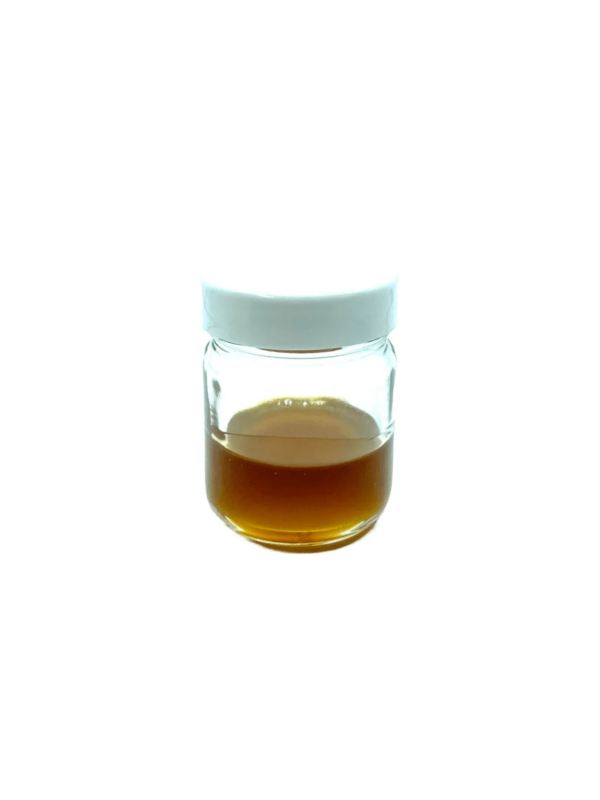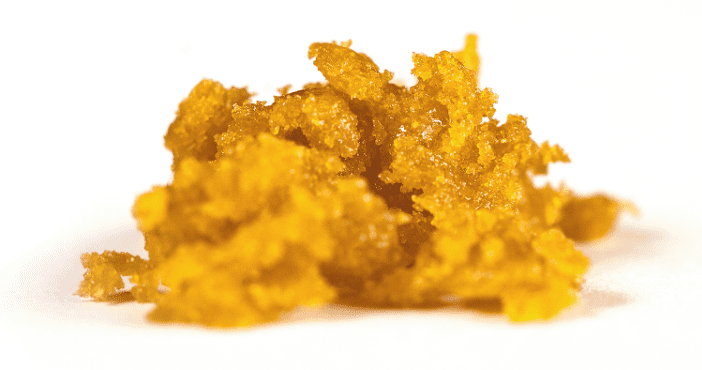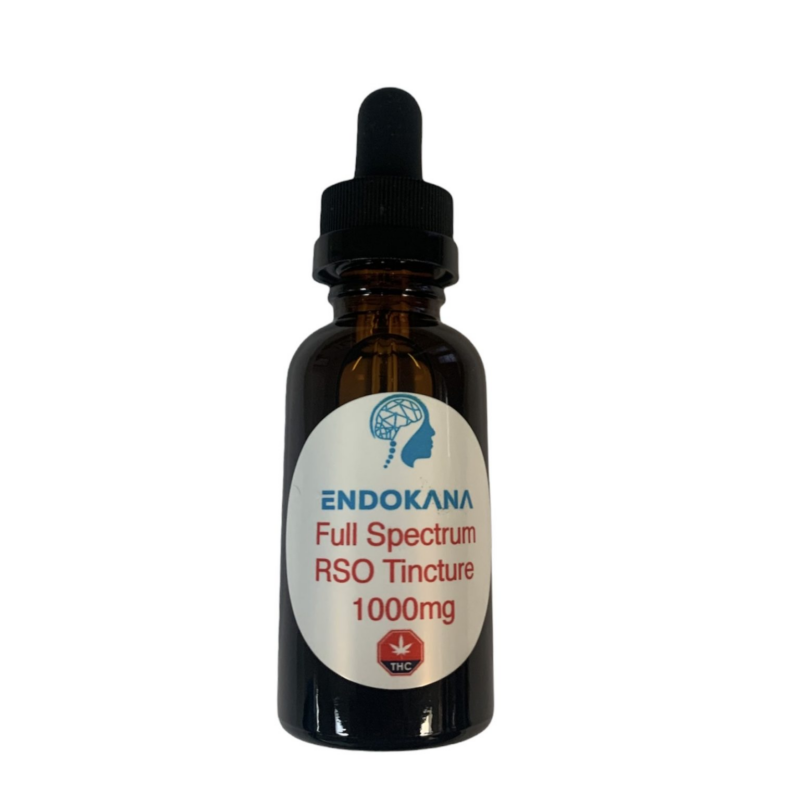Uncategorized
Honey Oil vs Live Resin | Differences in Flavor, Strength & Use
Honey oil and live resin are not the same. Honey oil is usually THC distillate with added terpenes, while live resin is a full-spectrum extract made from flash-frozen cannabis that preserves natural terpenes and cannabinoids. One is made for flavor. The other often cuts corners.
If you’re here, you’ve probably heard terms like honey oil, live resin, and distillate thrown around, but no one’s explained what any of it actually means. We’ve been in this game long enough to spot what’s worth smoking and what’s just hype.
What is Honey Oil?
Featured Product -> Premium Honey Oil Jars
Today, honey oil still pops up, especially in the legacy market. But it’s mostly a throwback term. In most cases, what’s labeled “honey oil” is just THC distillate mixed with added terpenes to give it some flavor. It’s not a full-spectrum extract.
And here’s the issue: no one really tells you what’s in it. Brands toss around labels like “full-spectrum” or “high potency,” but don’t back them up with real lab results.
If you’re wondering, “Is honey oil safe?”, the real answer depends on the source, and too often, that part stays hidden. Without clear COAs (Certificates of Analysis), there’s no way to verify the purity or safety of what you’re inhaling.
What is Live Resin?
Featured Product -> EndoKana Live Resin Mix and Match – 4 Grams
Live resin starts with cannabis that’s frozen right after harvest. No drying. No curing. That step alone makes a big difference. It locks in the terpenes, the aroma, the flavor, everything that gives a strain its personality. Then it goes through a BHO extraction process, which pulls out the cannabinoids and terpenes without burning them off.
What you end up with is a thick, golden extract that’s rich in flavor and packs a full-bodied experience. It’s not just THC doing the work. The terpenes and minor cannabinoids come together to create what’s called the entourage effect.
You’ll also see live resin carts labeled as HTFSE, short for High Terpene Full Spectrum Extract. That means the product still carries the full range of compounds from the original plant. But be careful, some brands use the label loosely. Always check for terpene percentages and source details if you want the real thing.
Honey Oil vs Live Resin: Side-by-Side Comparison
Extraction Methods
Honey oil comes from an old-school, solvent-based process. People used to call it “honey oil” because of its amber color, but most of the time, it’s just distillate dressed up with added flavor.
Live resin is a different approach. It starts with fresh-frozen cannabis, not dried buds. That flash-freezing locks in the original plant’s flavor and cannabinoid profile before extraction even begins.
And if you’re asking, “Is live resin stronger than honey oil?”, it depends on what you mean by strong. Honey oil might hit hard with high THC, but live resin brings a balanced high that sticks with you longer.
Flavor and Aroma
Live resin wins this round by a mile. You get a burst of fruit, pine, or citrus, whatever the strain offers.
While Honey oil can taste like chemicals. Some people say it has a burnt or fake fruit flavor. That happens when low-quality distillate gets dressed up with artificial terpenes or thinning agents.
Potency and Effects
Honey oil, being mostly THC, gives you a fast high. That’s it. No nuance, no layers, just a sharp peak and a drop.
Live resin doesn’t always have as much THC, but it sticks around longer. It’s the kind of high that evolves its body, its mind, and its full spectrum.
Usage and Versatility
Honey oil is common in budget carts and edibles. You’ll find it in products that cut corners because it’s cheap and easy to mass-produce.
Live resin is made for people who care about flavor, effect, and how something hits. It’s perfect for dabbing, low-temp vaping, and anyone who wants the full experience, not just a strong hit.
Live Resin vs Distillate vs Full-Spectrum
You’re probably looking at a few vape carts or extracts labeled “live resin,” “distillate,” or “full-spectrum” and wondering if they’re all the same thing. They’re not.
- Distillate is all about THC. It’s stripped of almost everything else, no terpenes, no flavonoids, no plant character. What you get is high potency and almost no flavor.
- Live resin keeps the good stuff. It comes from fresh frozen flower, which means you get cannabinoids and terpenes straight from the plant. That’s why it smells and tastes like the strain it came from.
- Full-spectrum sounds like live resin, but here’s the catch, it’s not always terpene-rich. Some products labeled “full-spectrum” are made from cured flower or reintroduced terpenes, not fresh frozen bud.
We’ve seen people mix these up all the time. You might think “full-spectrum” and “live resin” are interchangeable. They’re not.
Resin vs Concentrate: Clearing Up the Confusion
Resin is a concentrate, but not every concentrate counts as resin. Resin comes from fresh-frozen cannabis, meaning the plant is frozen right after harvest to keep the terpene and cannabinoid profile as close to the original as possible.
Concentrate is a catch-all term. It includes distillate, shatter, wax, rosin, crumble, hash, and resin. Each one’s made differently. Some use solvents like butane or CO2. Others are made using pressure and heat. You’ll find a wide range of textures, potencies, and flavors, depending on how it’s made and what material it came from.
Wondering if resin is stronger than other concentrates? That depends on what you’re after. Resin usually doesn’t test as high in THC as distillate, but it gives you more of the plant, not just THC. You get the terpenes, minor cannabinoids, and full-spectrum feel.
Types of Cannabis Concentrates (With Pros and Cons)
You’ve got options when it comes to cannabis concentrates, but each one delivers a different experience. Some hit harder, some taste better, and some are cleaner. We’ll break it down so you know exactly what you’re getting into.
Live Resin
Made from flash-frozen cannabis to keep the terpenes intact. It’s full of flavor and hits smoothly. Great for dabbing or vaping. This one is not solventless, it’s extracted using butane, but the payoff is the rich taste.
- Best for: Flavor chasers and dabbers
- Solventless? No
- Used medically? Yes, for those looking for full-spectrum benefits
Hash Rosin
This one comes from pressing bubble hash with heat and pressure, no solvents, no chemicals. Just pure trichomes.
- Best for: Purity and terpene lovers
- Solventless? Yes
- Used medically? Yes, especially by people avoiding solvents
BHO Shatter
A butane-based extract that’s glassy and brittle. It’s high in THC and strong, but not heavy on flavor.
- Best for: High potency at a lower price
- Solventless? No
- Used medically? Rarely
Budder
Whipped until smooth like frosting. Easy to work with and dab. Texture makes it beginner-friendly, and the potency is solid. Comes from BHO extraction.
- Best for: Ease of use
- Solventless? No
- Used medically? Sometimes
Crumble
Dry, powdery version of budder. Still potent, but easier to handle and dose. Won’t stick to your fingers or tools.
- Best for: People who want a mess-free dab
- Solventless? No
- Used medically? Occasionally
Distillate
Just pure THC, no flavor, no terpenes. Often used in vapes and edibles. You’ll feel it, but don’t expect it to taste like anything.
- Best for: Edibles, carts, and high THC
- Solventless? No
- Used medically? Yes, especially for precise dosing
RSO (Rick Simpson Oil)
Featured Product -> Full Spectrum RSO Tincture 1000mg – EndoKana
Thick, sticky, and full-spectrum. This oil is usually taken orally and used for therapeutic reasons. It’s extracted using alcohol and contains everything the plant has to offer.
- Best for: People using cannabis for health-related reasons
- Solventless? No (alcohol-based)
- Used medically? Yes
Bubble Hash
Made with ice water and micron bags, no solvents. Just trichomes and plant matter. You can smoke it or press it into rosin.
- Best for: Smoking or pressing into rosin
- Solventless? Yes
- Used medically? Sometimes
Cold-Pressed Rosin
The cleanest of the clean. No solvents. No heat. Just pressure. It’s rare, pricey, and all about preserving flavor and purity.
- Best for: Solvent-free purists
- Solventless? Yes
- Used medically? Yes
If you’re trying to decide which one fits your routine, start with what matters most to your flavor, strength, method, or how clean the process is. Then go from there.
How to Choose the Right Concentrate for You
If you’re just getting into concentrates, go for something smooth. Start with live resin or rosin. These give you a balanced experience, plenty of flavor, and not too much THC. You get a better feel for how your body responds without going too far.
If you’re using daily or chasing stronger effects, distillate carts can work. They’re more affordable and hit harder, but you’re trading flavor for strength. No terpenes, no complexity, just straight potency.
If you’re using cannabis for medical reasons, you’ll want something clean and closer to the plant. That’s where RSO or solventless extracts come in. They’re not loaded with fillers or fake terpenes.
Ready to Ditch the Guesswork and Smoke Better?
If you’re stuck choosing between honey oil and live resin, here’s the truth, one hides behind marketing, the other delivers exactly what you’re looking for. This section is for those who care about clean flavor, terpene-rich highs, and knowing exactly what they’re smoking.
You’re not here for cut carts, artificial taste, or oils that burn weird. You want something that actually delivers. When you go with live resin, you get full flavor, real potency, and a high that reflects the entire plant, not just isolated THC.
Check out our best picks for live resin right here:
🍯 Live Resin Carts – No fillers. No BS. Just flash-frozen, terpene-rich cannabis in every draw. Pure strain flavor, smooth burn, and full effect.
Go with what hits right. Don’t guess. Choose live resin that speaks for itself.
Safety First: What to Watch Out For
Before you take another hit from that cart, stop and ask yourself, do you know what’s actually in it?
That’s the problem with a lot of honey oil and distillate carts floating around. Some are made from poor quality flower, stuff that wouldn’t pass a sniff test, let alone a smoke session. The oil might be stripped down THC mixed with synthetic terpenes, or worse, cutting agents that mess with the taste and your lungs.
You’ve probably heard the phrase “full spectrum” slapped onto boxes with zero proof to back it up. No terpene profile, no cannabinoid breakdown, no lab results.
If you’re thinking, “Can I trust what’s in this cart?”, you’re asking the right question.
Here’s what we do, we only pick products with legit COAs. Not just THC percentages, but full reports that show what’s really inside, cannabinoids, terpenes, solvents, and pesticides. You deserve that kind of clarity. Stick to carts that show where the strain came from, how it was processed, and that it’s been tested by a third party.
That’s how you protect your experience and your health.





